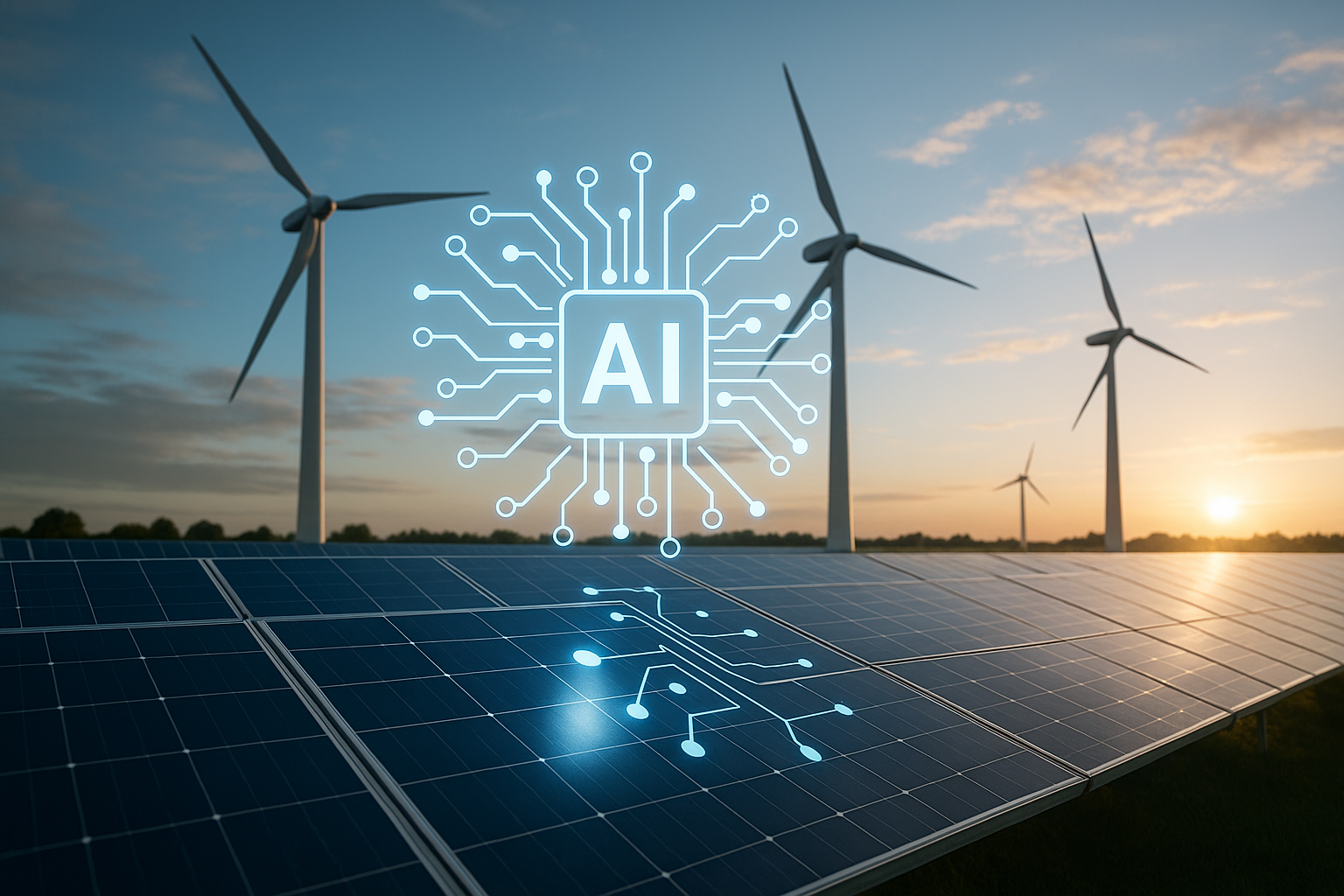IoT and AI drive next-generation renewable power grids
While IoT supplies the data, AI transforms it into actionable insights. The review clearly shows that AI techniques, ranging from classical machine learning to deep learning models, are increasingly crucial for forecasting, grid optimization, asset health monitoring, and demand response planning.

The integration of the Internet of Things (IoT) and artificial intelligence (AI) is emerging as a pivotal force in reshaping renewable energy systems, according to a new comprehensive review published in Energies. The study underscores the technological, economic, and environmental significance of combining IoT’s real-time data collection with AI’s predictive and decision-making capabilities to address the operational complexity of renewable-heavy grids.
Titled “Advancing Renewable-Dominant Power Systems Through Internet of Things and Artificial Intelligence: A Comprehensive Review”, the paper highlights how IoT and AI can jointly tackle the variability and uncertainty inherent in renewable energy sources like solar and wind power. The authors provide a systematic examination of the latest architectures, applications, measurable benefits, and persisting challenges, positioning IoT and AI as core enablers for future energy transitions.
Harnessing IoT for smarter renewable energy operations
IoT serves as the backbone of intelligent renewable energy systems by enabling continuous data capture, communication, and remote control. With renewables introducing fluctuating supply into power grids, IoT’s ability to monitor generation, consumption, and storage in real time has become indispensable for improving reliability and efficiency.
The study details the role of three- and five-layer IoT architectures, along with communication technologies such as Wi-Fi, LoRa, NB-IoT, and 5G, in modern energy networks. These technologies underpin applications in smart metering, automated grid control, and predictive maintenance. By deploying IoT sensors across wind farms, solar arrays, and distributed energy resources, operators can track equipment performance, identify faults before they escalate, and optimize energy dispatch.
Evidence cited in the paper suggests that well-implemented IoT solutions have delivered up to 15% higher energy output, reduced unplanned downtime by 35–50%, cut maintenance costs by 30–40%, and achieved a 5–20% reduction in peak demand. These outcomes demonstrate that IoT’s role extends beyond monitoring to active grid management, particularly in complex, renewable-heavy networks.
AI’s role in forecasting, optimization and resilience
While IoT supplies the data, AI transforms it into actionable insights. The review clearly shows that AI techniques, ranging from classical machine learning to deep learning models, are increasingly crucial for forecasting, grid optimization, asset health monitoring, and demand response planning.
In renewable-heavy systems, where power flows are more volatile and harder to predict, AI-based models have shown substantial improvements in load forecasting, resource allocation, and energy dispatch efficiency. For instance, advances in predictive analytics have reduced forecasting errors by nearly 59% in some documented cases, enabling better balancing of variable renewable generation with consumer demand.
The study also points to AI’s role in predictive maintenance by using historical and real-time sensor data to anticipate equipment failures and avoid costly downtime. The adoption of AI-driven fault detection and anomaly recognition, combined with IoT’s granular data streams, is already proving to be a cornerstone of reliability in renewable-based grids.
The researchers highlight the potential of explainable AI and privacy-preserving machine learning techniques at the network edge to address the growing concerns around transparency, trust, and data security in energy applications. These innovations could strengthen public acceptance and regulatory compliance while enhancing the resilience of future grids.
Balancing progress with challenges and future needs
The authors caution that while IoT and AI bring transformative benefits, several barriers still hinder their widespread deployment in renewable-heavy power systems. These include data quality and interoperability issues, cybersecurity vulnerabilities, high upfront investment costs, legacy infrastructure integration challenges, and a persistent shortage of skilled professionals capable of operating and maintaining these advanced systems.
Moreover, as the study notes, the regulatory environment has not yet fully caught up with the rapid pace of technological innovation. Questions around data ownership, privacy, and equitable access to smart energy solutions remain unresolved and could slow adoption if not addressed.
To overcome these obstacles, the authors advocate for greater investment in research and development of energy-efficient AI models, as well as the creation of robust digital twins for predictive simulation and testing. They also call for clearer international standards, adaptive regulations, and public–private collaborations to foster trust and accelerate implementation.
Real-world success stories cited in the paper, such as the Amsterdam Smart Grid and the Yokohama Smart City Project, highlight the potential impact. These initiatives reported notable energy efficiency gains of up to 20% and significant reductions in carbon emissions, proving that IoT- and AI-enabled solutions can deliver tangible environmental and operational benefits.
- FIRST PUBLISHED IN:
- Devdiscourse










